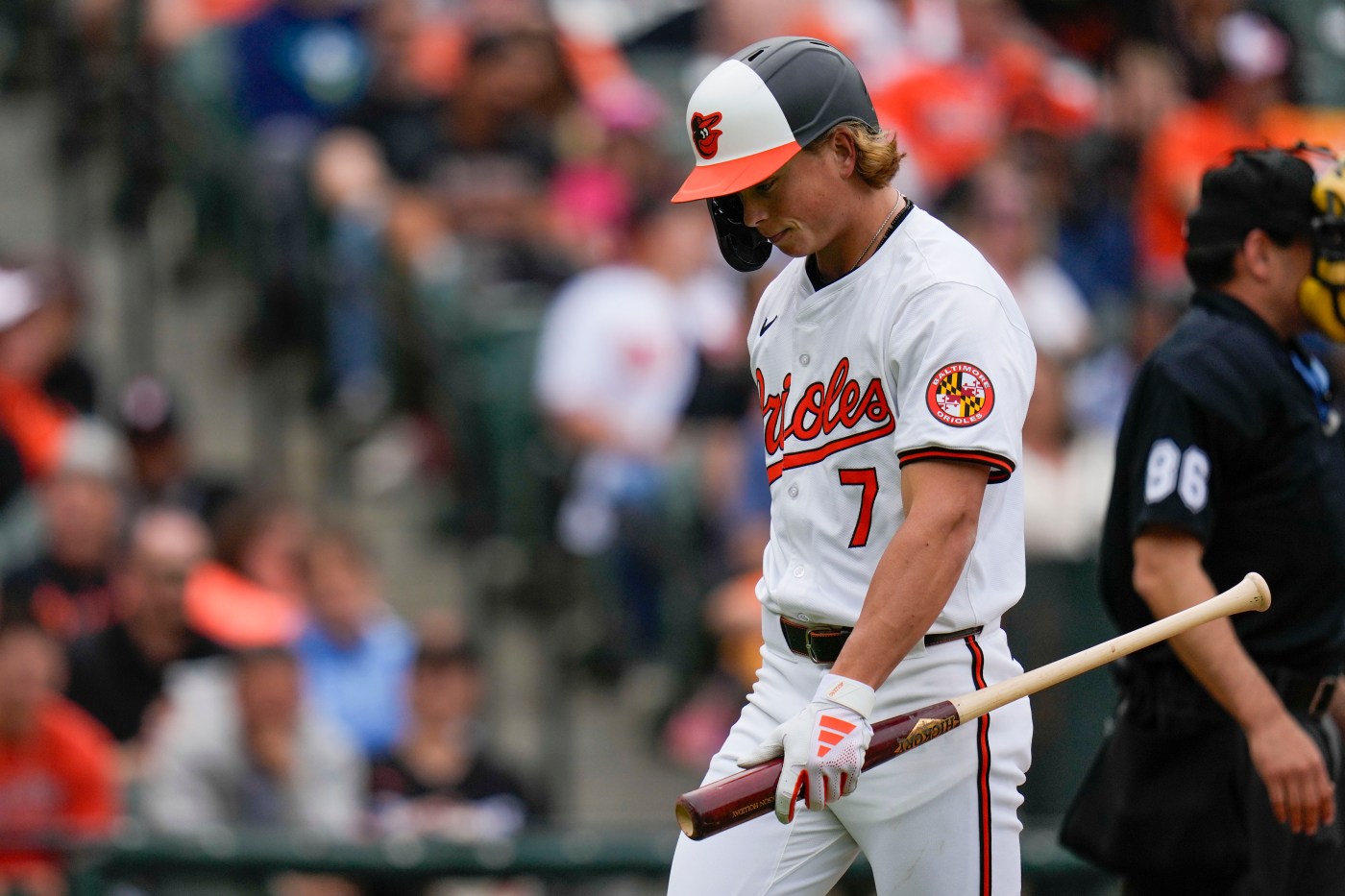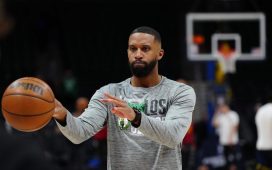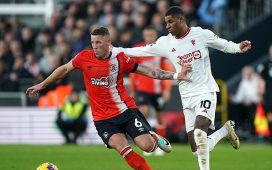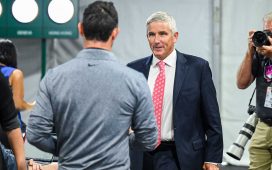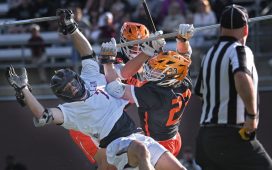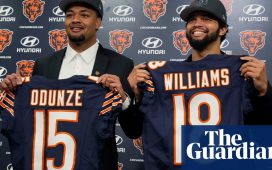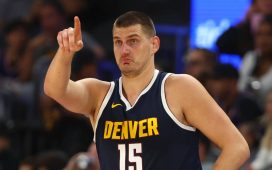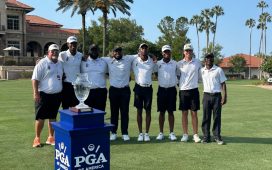It turns out Jackson Holliday wasn’t ready after all.
The Orioles optioned their prized top prospect back to Triple-A Norfolk on Friday, hitting the pause button on a major league career that was off to a 2-for-34 start at the plate. Holliday wasn’t making much contact — he struck out 18 times in 10 games — and when he did, the 20-year-old was hitting the ball into the ground. With Baltimore competing for a playoff spot, the Orioles opted to have Holliday make his adjustments in the minors for the time being.
“We’ve got a team in a tight race in the American League East,” executive vice president and general manager Mike Elias said in a news conference Friday. “It’s just not an optimal place to be doing player development from a kid like him. So, it’s nothing that Jackson did. We were the ones that have been moving him along this quickly. It’s a little hiccup and I think it’s probably the first one that he’s ever had and he’s ultimately going to be better off for it.”
It was a swift and disappointing end to Holliday’s first stint in the big leagues. After months of fans clamoring for the Orioles to give baseball’s consensus No. 1 overall prospect a chance to prove himself at the MLB level, his call-up garnered a national media frenzy, T-shirt giveaway at Camden Yards and passing-of-the-torch moment with the Ripken family. While the results fell well short of the hype, Holliday appeared to be as ready as a prospect could be when he arrived.
The 2022 first overall draft pick rocketed through the minor leagues, taking the professional ranks by storm last season. He earned an invitation to the Orioles’ major league camp for spring training and made it to the final round of cuts, hitting .311 with a .954 OPS and two home runs in 15 Grapefruit League games. Amid criticism they were reassigning him to manipulate his service time clock, the Orioles sent him to Triple-A to give Holliday more reps against left-handed pitching and get him comfortable at his new position of second base.
He took the decision in stride, showing complete mastery of International League pitching with a 1.077 OPS and more walks (12) than strikeouts (eight). The Orioles then called him up April 10 — three days before they would gain another year of team control — and gave him the opportunity to play every day against right-handers. It was then when Holliday finally did something he had never done before: He struggled.
“It’s not easy here,” manager Brandon Hyde said. “What he’s done up until this point in his short, short career — start of his career — has been unbelievable. It’s not easy, just not easy here. We kind of want to pick some weight off his shoulders a little bit and just go play.”
It’s difficult to envision how the Orioles could have seen issues of this magnitude coming, and even if they did, their decision to call Holliday up might still have been the right one. Holliday had nothing left to prove at the Triple-A level, displaying elite plate discipline, power above his weight class and defensive prowess despite the unfamiliar position. There was loads of external pressure to do right by the player and give him a chance to earn a full year of service time. The only thing the Orioles still needed to see was how he handled the leap to the majors.
“It was hard for me to know exactly where he was based on the evidence that I was working with,” Elias said. “Ultimately, do I like the way that this has gone in April totally? No, and I feel responsible for that. But it’s possible, just like it was for Grayson [Rodriguez] or Colton Cowser and any of these guys, that this was sort of a necessary development episode to be exposed to this before you’re fully ready for it.”
Holliday certainly wouldn’t be the first top prospect to struggle in his first taste of the majors before hitting his stride in his second stint. Rodriguez has looked the part of a top-of-rotation arm since he was called up for the second time in July last season. Cowser struggled mightily with a .115 batting average over his first 77 plate appearances — double the sample size than that of Holliday — and has made a strong case for AL Rookie of the Month so far in April.
It’s not a trend exclusive to the Orioles, either. Mike Trout hit .220 over his first 40 games in 2011 and was sent down to begin the 2012 campaign, the year he went on to win AL Rookie of the Year. Hall of Famer Jim Thome put up a .665 OPS in his first 27 games in 1991 and posted an even worse .574 OPS over 40 games in 1992 before finally figuring it out in 1993. Willie Mays, an inner circle legend of Cooperstown, began his MLB career 1-for-26.
A common trend between Trout, Thome and Mays? None of them were older than 20 when they first reached the majors. There will be hundreds of players selected in this summer’s MLB draft older than Holliday is right now. The fact that he reached the majors this early in his professional career is a testament to the potential he has as a player.
A demotion is a setback, to be sure. It also ensures the Orioles will in fact get that extra year of team control. But this initial failure just might be the last hurdle he has left to clear.
“He’s got a growth mindset, meaning that he’s going to kind of focus on what he wants to do differently and what he wants to do to be better,” Elias said. “I doubt he’s looking in the rearview mirror too much. He took it very well. He’s going to respond excellently and I hope he’s back up here really soon.”
